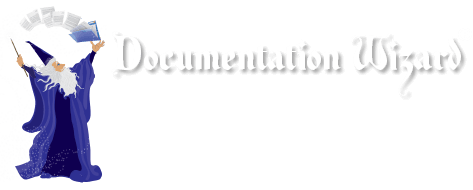Description
Though often referred to as the same, supervision and consultation are quite different and therefore have different needs. Supervision is provided to an unlicensed clinician. Consultation is provided by one licensed clinician to another licensed clinician. So I put together a set of Master Supervision Forms & Master Consultation Forms that outline the rights and responsibilities of each, along with templates for note taking. They are completely customizable in Microsoft Word format.
You’ll receive the following Supervision & Consultation Forms, completely customizable to your practice needs:
- Supervision Agreement
Supervision is much more than taking an unlicensed clinician “under your wing” to nurture their growth. You have specific responsibilities that hold legal liability. This agreement documents the rights and responsibilities of both the supervisee and the supervisor and the criteria for evaluating your supervisee. It provides a way for you to discuss and document how to handle potential disputes, how to interface with the agency of the supervisee, and more. - Supervisee’s Learning Needs Assessment
Identifying your supervisee’s learning needs and styles at the beginning of the supervisory relationship is like collaborating on a professional bio/psycho/social assessment. It can provide a roadmap of the challenges and strengths that will need to be addressed so that your budding clinician has the best learning experience possible. - Supervision Note
A good supervision template can inform your clinical thinking and keep track of your supervisee’s progress, just like a good session note does with a client. This template includes a list of supervision models, therapeutic modalities, topics and diagnoses discussed, and methods used so you can simply check them off. It also includes space for a narrative about the cases discussed and any comments worth recording about supervisee’s strengths, challenges, directive you may give, and more. - Supervisee Evaluation
Without a blueprint for evaulation, there is no way to assess and document progress. This evaluation builds on the Supervisory Agreement and Learning Needs Assessment (like following The Golden Thread) so that together, you can track progress regarding clinical, cultural, and administrative competency, ethical practice, sensitivity to diverse populations, such as LBGTQ, and immigrants, and more. It includes a 15-item rating scale and plenty of space for narrative. - Group Supervision Note
Documenting what happens in group supervision is just as important as documenting what happens in group therapy. The Group Sup Note lets you easily keep track of the model of supervision used, the therapeutic practices, topics, and diagnoses discussed, as well as the methods you used and modeled, and more. - Consultation Agreement
When talking to another fully licensed clinician about a case, you are providing “consultation” to another professional, not supervision to a student. The responsibilities of being a consultant are vastly different than for a supervisee. This Consultation Agreement describes your professional responsibility, limits of responsibility, and legal liability. - Consultation Note
Although a consultant is not legally responsible for their consultees, keeping notes on what you discuss is important because it 1) proves the clinician got consultation on a difficult case and 2) helps you, as the consultant remember the clients discussed, if ongoing consultation is needed. This template includes a list of the model and method of consultation used, a list of therapeutic modalities used, a list of topics and diagnoses discussed, and plenty of room for narrative note taking.
